There are literally thousands of plant species, a lot of which have discovered their manner into our properties to brighten our gardens and interiors. Sadly, all this magnificence has a flip facet, which is probably endangering your curious feline companion. Nonetheless, there isn’t any must panic, as solely a small variety of these vegetation pose a critical menace to your cat.
Nonetheless, to guard your inquisitive kitty, it’s important to be taught to acknowledge these beautiful however toxic vegetation. Listed here are 12 vegetation which are significantly harmful for cats and what you must do in case your feline buddy nibbles on them.

The 12 Crops That Are Toxic to Cats
1. Sago Palm (Cycas revoluta)
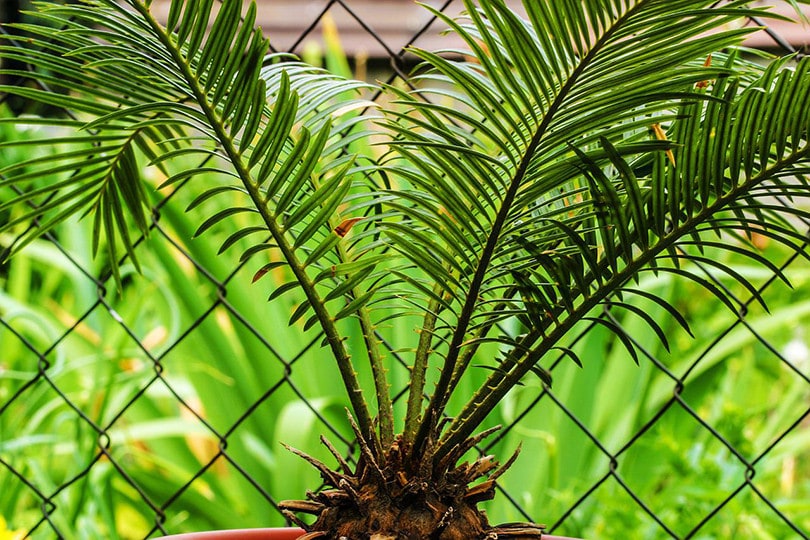
Sago palms, recognized for his or her decorative magnificence, are more and more well-liked in numerous climates. Nonetheless, these vegetation will be lethal to cats. Ingesting any a part of the sago palm, significantly the orange-reddish seeds, can result in extreme well being points, together with gastrointestinal tract harm, neurological indicators, liver failure, and even demise.
Subsequently, if you happen to see your cat ingest any a part of a Sago palm, you have to take them instantly to your vet or emergency veterinary clinic. Even with aggressive therapy, the survival price for a cat that has ingested a sago palm plant is just about 50%. Dying will generally happen with out speedy therapy.
PetMD states, “A cat can die inside a number of hours of ingesting any a part of this plant, even a seedling. For those who suspect your cat has chewed on or ingested any a part of the sago palm plant, contact an emergency veterinary hospital instantly.”1 Ingestion leads to acute gastrointestinal indicators (e.g., drooling, inappetence, vomiting, diarrhea, and so on.) inside quarter-hour to a number of hours after ingestion. Weak point, tremors, seizures and different central nervous system indicators are normally seen inside 4 hours, and liver failure 2-3 days after ingestion.
2. Lilies (Lilium)
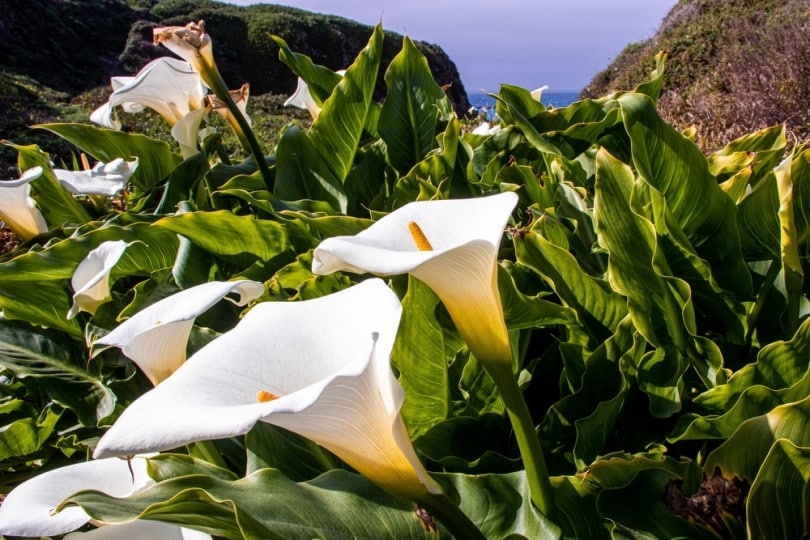
Not all lilies are created equal in the case of their affect on feline associates. Some lilies, like peace and calla lilies, include insoluble oxalate crystals that will result in milder indicators, comparable to mouth, throat and esophageal irritation, leading to drooling and discomfort.
Two species of lilies are significantly harmful and include toxins that may result in kidney failure in cats- these are true lilies (Lilium species), and daylilies (Hemerocallis species). Ingesting even minute quantities of true lilies could result in drooling, vomiting, anorexia, lethargy, and in extreme instances, deadly kidney failure. All components of those lilies, together with the stems, leaves, flowers, and pollen, and even the water they sit in are poisonous to cats.
Examples of harmful lilies embody:
- Asiatic lily (Lilium asiatica)
- Daylily (Hemerocallis species)
- Easter lily (Lilium longiflorum)
- Japanese Present lily (Lilium speciosum)
Some vegetation have “lily” of their title however carry totally different dangers after ingestion. These embody calla lilies, peace lilies, lilies-of-the-valley (which include cardiac glycosides), and Peruvian lilies.
3. Daffodil (Narcissus spp.)
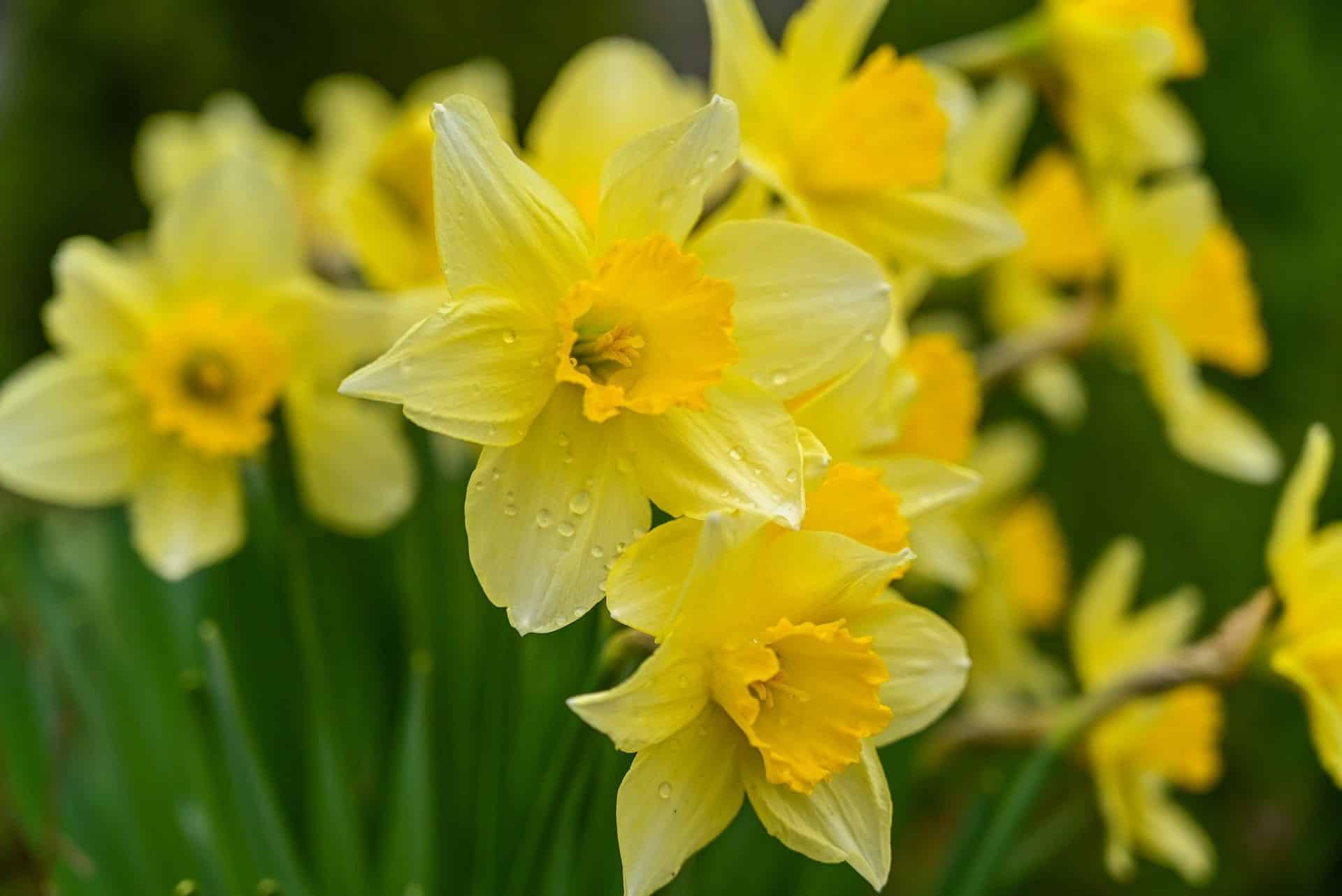
Whether or not you understand them as narcissus, jonquil, or paper white, these enticing flowers disguise a extreme menace to your cat. They include lycorine, a poisonous alkaloid recognized for its potent emetic properties, triggering vomiting upon ingestion. Consuming any a part of the plant can result in extreme penalties, however the bulb is essentially the most poisonous half. Indicators embody vomiting, diarrhea, stomach ache, and the potential of cardiac arrhythmias or respiratory misery.
4. Oleander (Nerium oleander)
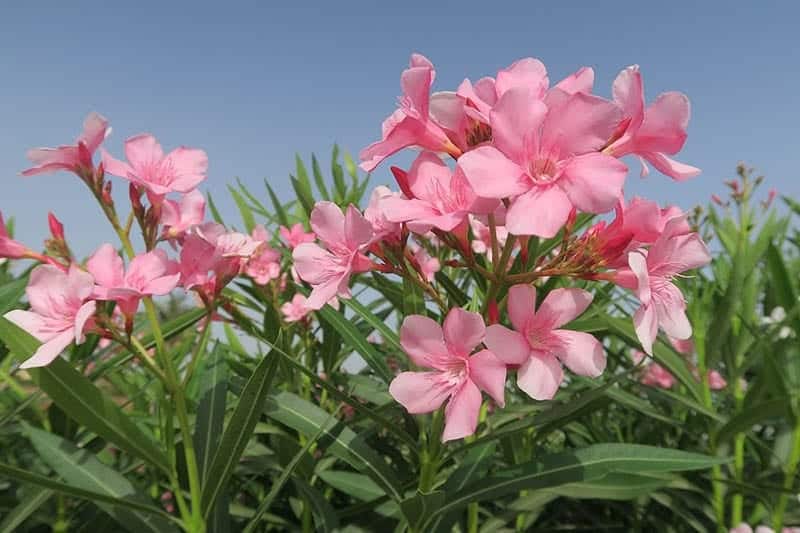
Oleander, an evergreen out of doors shrub with delicate flowers, thrives in heat places like Hawaii, California, and Texas. This plant, although pretty, is toxic to varied species, together with cats, canine, and people! This is because of naturally occurring toxins known as cardenolides, significantly oleandrin. These are categorized as cardiac glycoside toxins and straight disrupt the guts’s electrolyte steadiness and trigger arrhythmias together with different indicators.
All components of this plant are thought of poisonous. Even the water in a vase containing oleander could trigger poisoning.
5. Cyclamen (Cyclamen spp.)
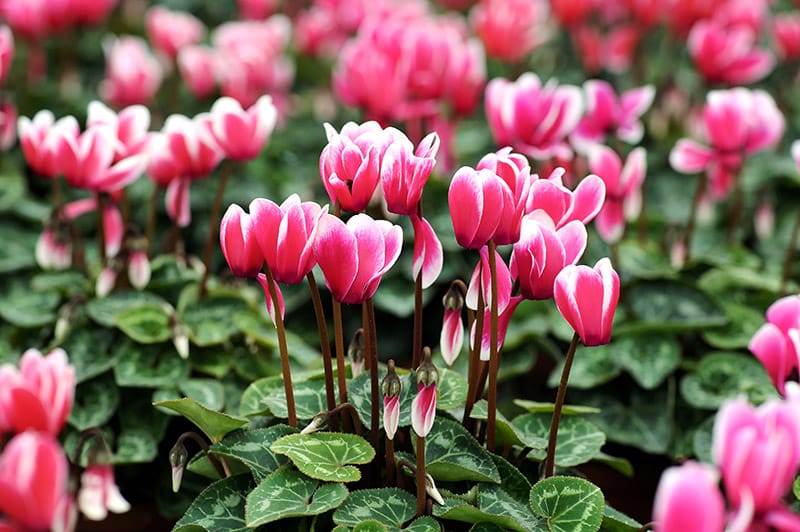
Cyclamen is a beautiful houseplant that’s also referred to as the Persian violet and sowbread. Nonetheless, it comprises saponins, which might trigger extreme irritation, vomiting, diarrhea, and hemolytic anemia. Furthermore, when cats chew or ingest any a part of the plant, significantly the tubers or roots, it could possibly result in cardiac points, irregular coronary heart rhythms, seizures, and even demise. Subsequently, keep cautious with these seemingly innocent vegetation, as their results in your cat will be critical.
6. Poison Hemlock (Conium maculatum)
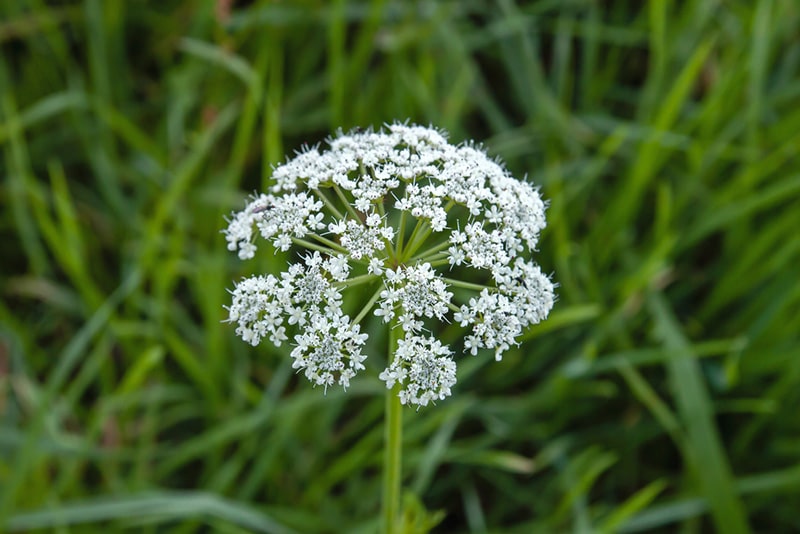
With a reputation like that, it’s no marvel this shrub is taken into account extremely poisonous to cats! Certainly, poison hemlock comprises numerous alkaloids which are poisonous to pets and may trigger extreme drooling, diarrhea, paralysis, and even demise.
7. Dumb Cane (Dieffenbachia)
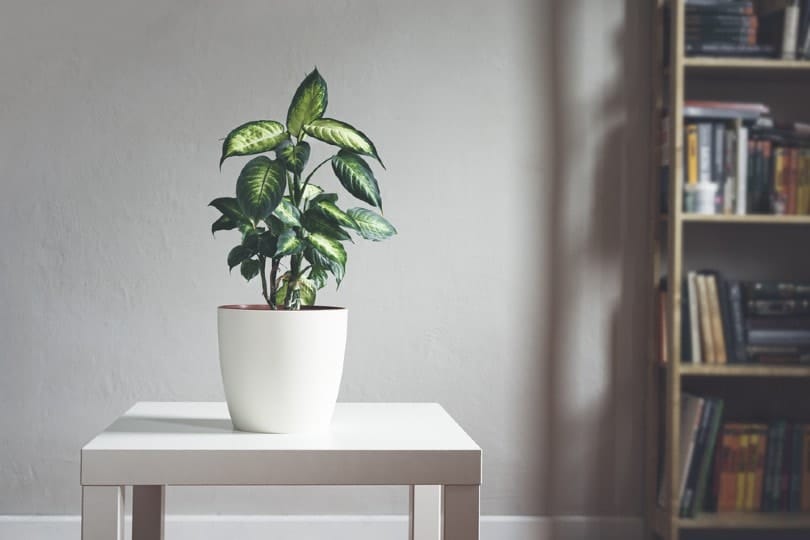
Dieffenbachia, like different members of the Araceae household, comprises insoluble calcium oxalate crystals in its sap. Merely nibbling on the leaves can result in extreme mouth ache, extreme drooling, and swelling that may result in issue swallowing or respiration.
8. Azalea (Rhododendron spp.)
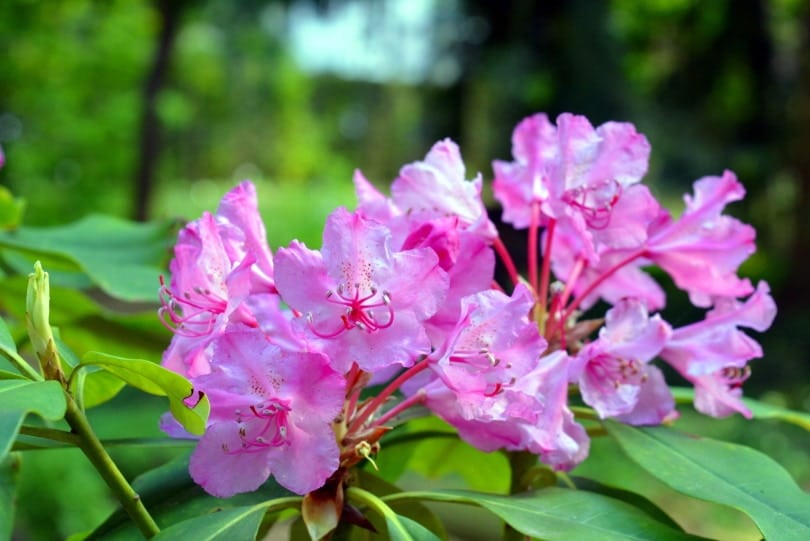
Azaleas belong to the identical household as rhododendrons. Nonetheless, these fairly flowers are poisonous to cats. Ingesting only a handful of their leaves could cause vomiting, diarrhea, and extreme salivation. Worse nonetheless, when bigger portions are consumed, the results will be far more critical, resulting in cardiac failure, seizures, collapse, and coma.
9. Tulip (Tulipa spp.)
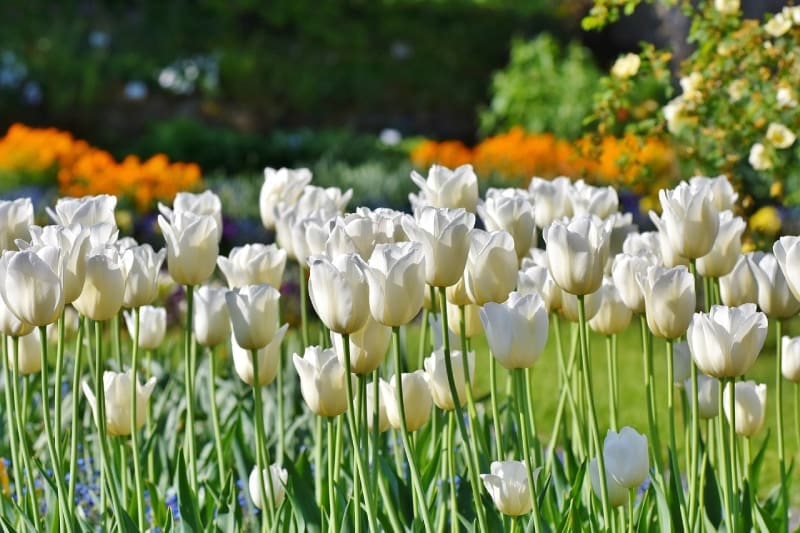
Tulips are extremely poisonous to cats, and the best focus of poisons is discovered within the bulb. Chewing or ingesting the plant components or bulbs can irritate your cat’s mouth and esophagus, resulting in drooling, vomiting, and probably diarrhea, relying on the quantity consumed. Bigger ingestions could trigger extra critical indicators, together with elevated coronary heart price and respiration points.
10. Autumn Crocus (Colchicum autumnale)
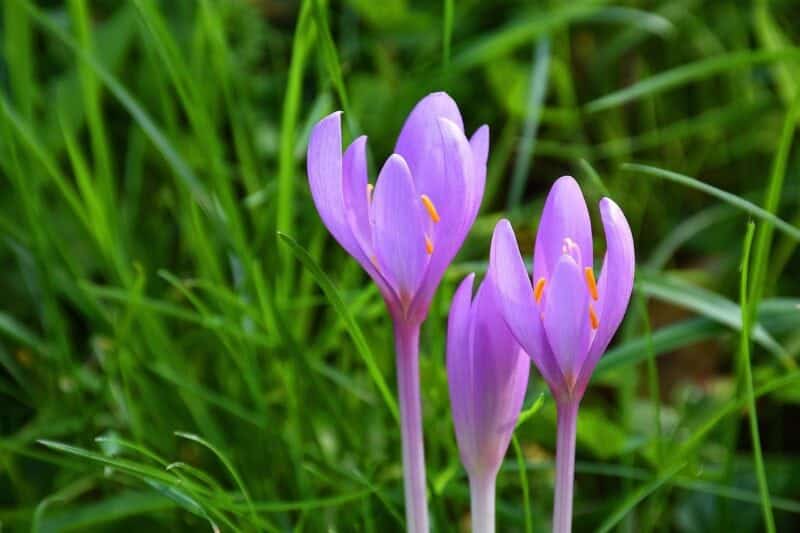
Autumn crocus, also referred to as meadow saffron, is a lovely however toxic plant to cats. Ingesting any a part of this plant may end up in extreme gastrointestinal indicators like drooling, vomiting, gastrointestinal bleeding, and bloody diarrhea. Moreover, it could possibly trigger liver and kidney harm, respiratory failure, seizures, and even demise.
11. Marijuana (Hashish sativa)
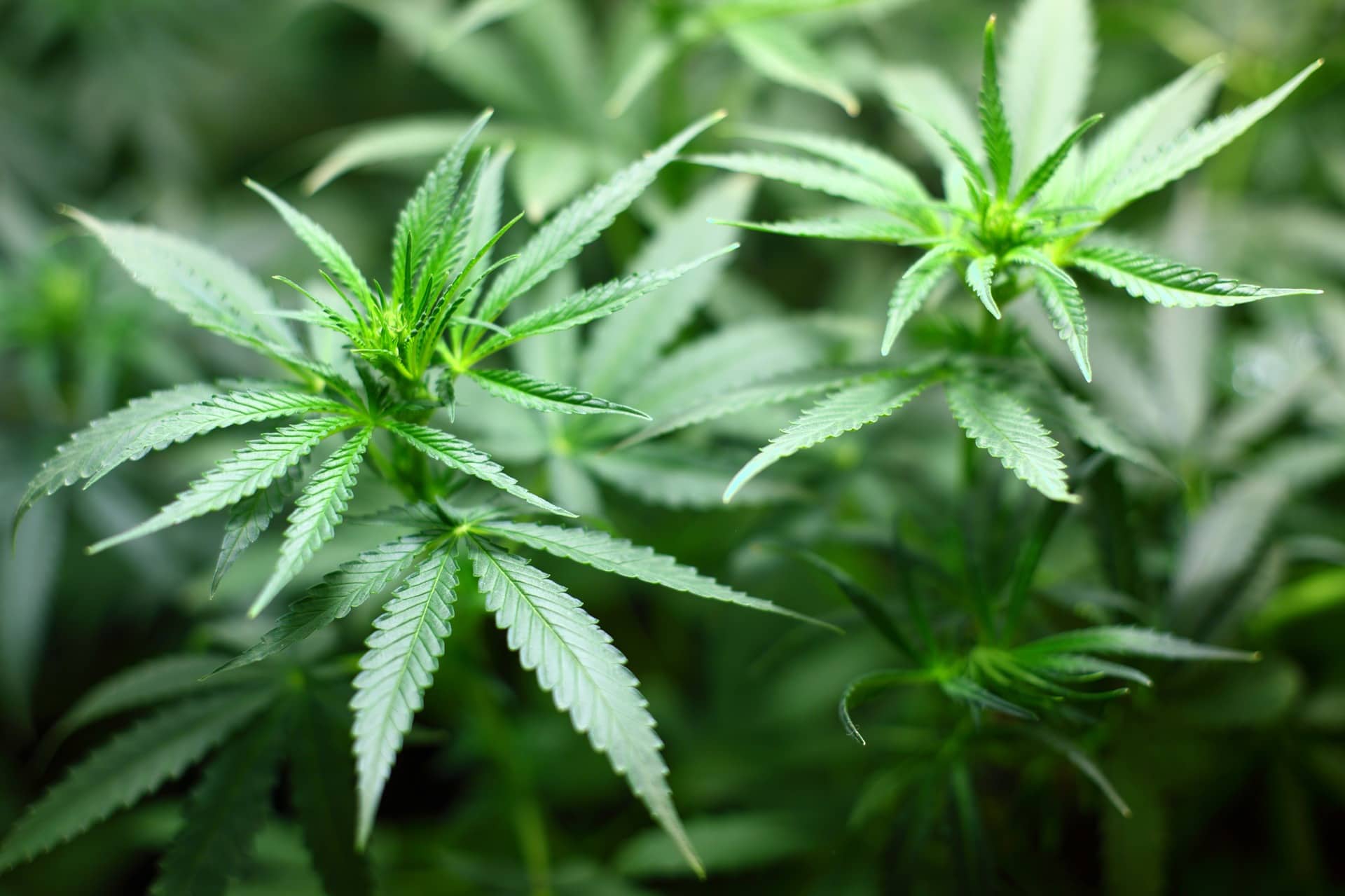
Derived from the leaves and flowers of hashish vegetation, marijuana comprises each THC and CBD, with the next focus of the previous. Marijuana could also be authorized in lots of locations, however it could possibly trigger not-so-fun results in your cat!
With the rising availability of marijuana for medical and leisure use, the Pet Poison Helpline has famous a major 448% rise in instances of canine and cats ingesting marijuana or marijuana-related merchandise. This development underscores the significance of protecting these substances out of your cat’s attain and looking for speedy veterinary care if ingestion happens.
12. Aloe Vera (Aloe barbadensis miller)
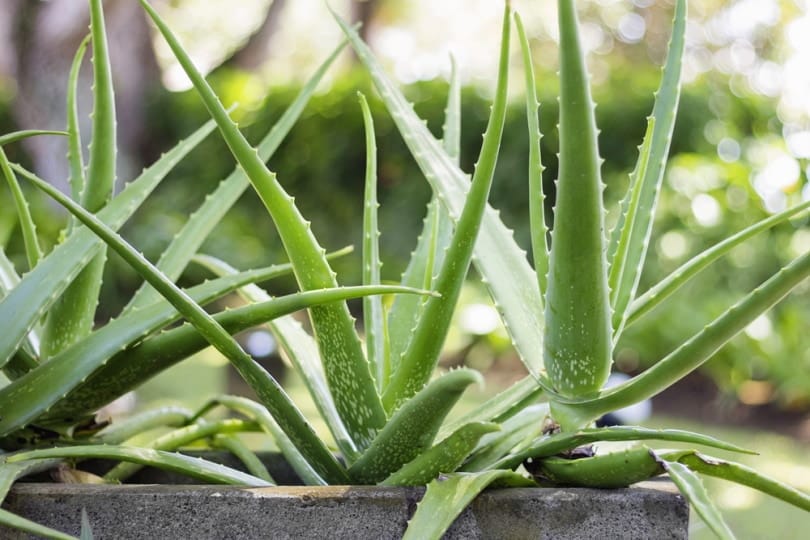
In keeping with the Pet Poison Helpline, the toxicity of aloe vera to pets has been considerably “overvalued,” that means it will not be as harmful as beforehand claimed. Nonetheless, since a cat should expertise delicate gastrointestinal upset after ingesting it, it’s on the checklist.

What to Do If Your Cat Has Ingested a Toxic Plant
- Take your cat to a protected spot, and take away any plant materials.
- Test in case your cat is respiration.
- Name your veterinarian or an emergency veterinary clinic and/or the ASPCA Animal Poison Management Heart (1-888-426-4435) or the Pet Poison Helpline (1-855-764-7661).
- Don’t induce vomiting or give your cat any dwelling treatments except particularly suggested by a veterinarian.
- If attainable, accumulate a pattern of the plant, and convey it to the veterinary clinic.
- Hold calm however act quick. The time-frame inside which the veterinarian can decontaminate your cat within the occasion of poisoning is temporary (“decontaminate” refers to eradicating the substance to scale back absorption and reduce the severity of the poisoning, normally by inducing vomiting).
As a reminder, listed here are the frequent indicators to look at for if you happen to suspect that your cat has ingested a toxic plant:
- Drooling
- Nausea
- Vomiting
- Diarrhea
- Elevated coronary heart price
- Elevated respiratory price
- Issue respiration
For those who discover these indicators, search speedy veterinary care to make sure the one that you love kitty’s security.
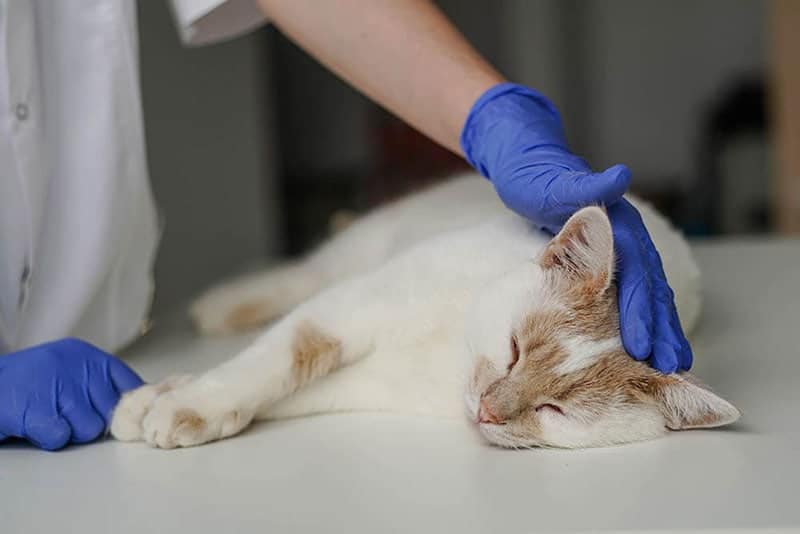

Conclusion
Cats could have good instincts, however they don’t at all times know what’s finest for them. Subsequently, you probably have any of those vegetation in your house or backyard, make certain your pet doesn’t have entry to them. If it’s not possible to maintain them out of your cat’s attain, it could be finest to seek out these vegetation a brand new dwelling.
The frequent saying “curiosity killed the cat” additionally serves as a grim reminder, and also you actually don’t need that to occur to the one that you love feline companion.
Featured Picture Credit score: miezekieze, Pixabay



